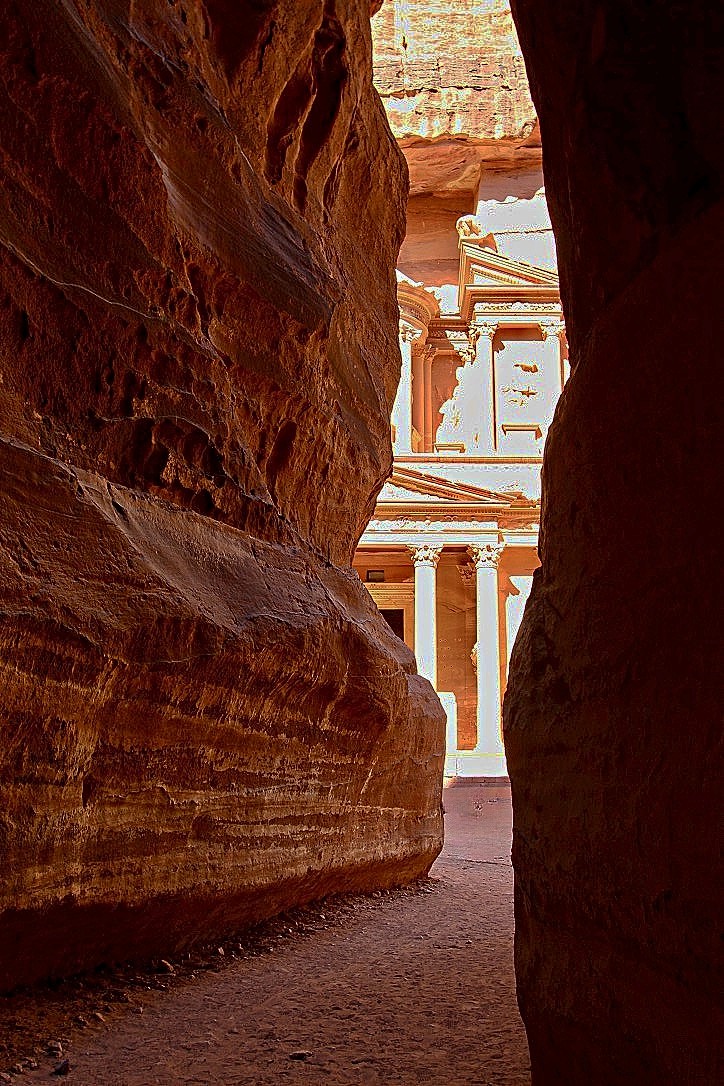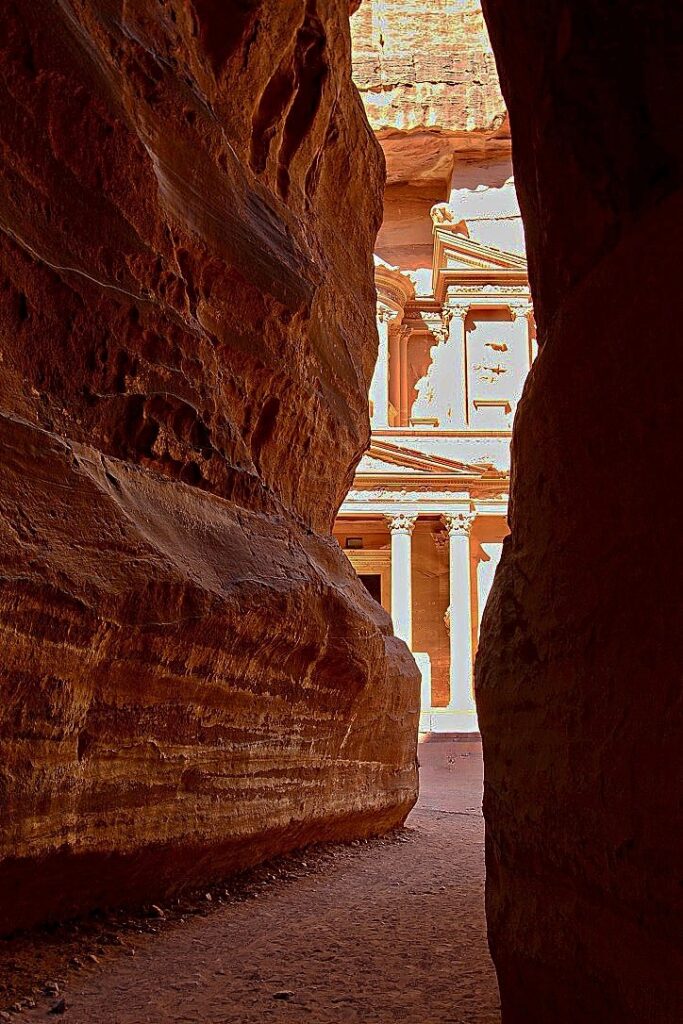
Did Paul visit Petra? Most likely, yes! After Paul’s conversion on the road to Damascus, he continued to Damascus where he was baptized and taught the gospel. Because of his testifying of his conversion and belief in the gospel, some of the Damascene’s wanted to kill him. Then followed the famous incident of Paul escaping by being lowered over the city wall in a basket. Paul then fled to “Arabia.”
“Neither went I up to Jerusalem to them which were apostles before me; but I went into Arabia, and returned again unto Damascus.” Galatians 1:17.
At the time of Paul the area of modern day Petra was called by the Romans “Arabia Petrea,” Petra/Petrea being the capitol. However, the local inhabitants referred to themselves as Nabateans. The Epistle to the Galatians was probably written from Rome or Greece to Roman subjects who would know the region of Nabatea as Arabia. There are no known epistles to the Nabateans so it is unlikely Paul had much success there. Nevertheless, is is possible that Paul had a vision there (due to the approximate date of the vision):
“It is not expedient for me doubtless to glory. I will come to visions and revelations of the Lord. I knew a man [Paul, speaking in the third person] in Christ above fourteen years ago, (whether in the body, I cannot tell; or whether out of the body, I cannot tell: God knoweth;) such an one caught up to the third heaven. And I knew such a man, (whether in the body, or out of the body, I cannot tell: God knoweth;) How that he was caught up into paradise, and heard unspeakable words, which it is not lawful for a man to utter. Of such an one will I glory: yet of myself I will not glory, but in mine infirmities. For though I would desire to glory, I shall not be a fool; for I will say the truth: but now I forbear, lest any man should think of me above that which he seeth me to be, or that he heareth of me. And lest I should be exalted above measure through the abundance of the revelations, there was given to me a thorn in the flesh, the messenger of Satan to buffet me, lest I should be exalted above measure. For this thing I besought the Lord thrice, that it might depart from me. And he said unto me, My grace is sufficient for thee: for my strength is made perfect in weakness. Most gladly therefore will I rather glory in my infirmities, that the power of Christ may rest upon me. Therefore I take pleasure in infirmities, in reproaches, in necessities, in persecutions, in distresses for Christ’s sake: for when I am weak, then am I strong.” 2 Corinthians 12:1-10.
In Paul’s vision he saw the three degrees of eternal glory, the Celestial (third heaven), Terrestrial, and Telestial, which are the final resting places after the resurrection and final judgement. He also saw Paradise which is not the final resting place, but is the place where the righteous spirits dwell while waiting for their resurrection. The things which he heard there can only be understood by the spirit of God and are not for the mortal written word. Paul indeed was very blessed with great knowledge and understanding.
Few who visit the magnificent world heritage site of Petra realize its Biblical connection.
The region of Nabatea was originally the country of Edom in the Old Testament. The New Testament refers to the Edomites as Idumeans. When Judah was taken captive to Babylon in 587 BC, the land of Judah was largely empty. The Edomites/Idumeans looked west to the more fertile lands of Judah and moved there. When the Jews returned they found their old southern part of Judah/Judea had become Idumea. The Idumeans converted to Judaism and Herod the Great was an Idumean.
With Old Testament Edom largely abandoned by the Edomites/Idumeans, the Arabian Nabatean tribe moved into the area and established their kingdom, with the capitol at Petra.
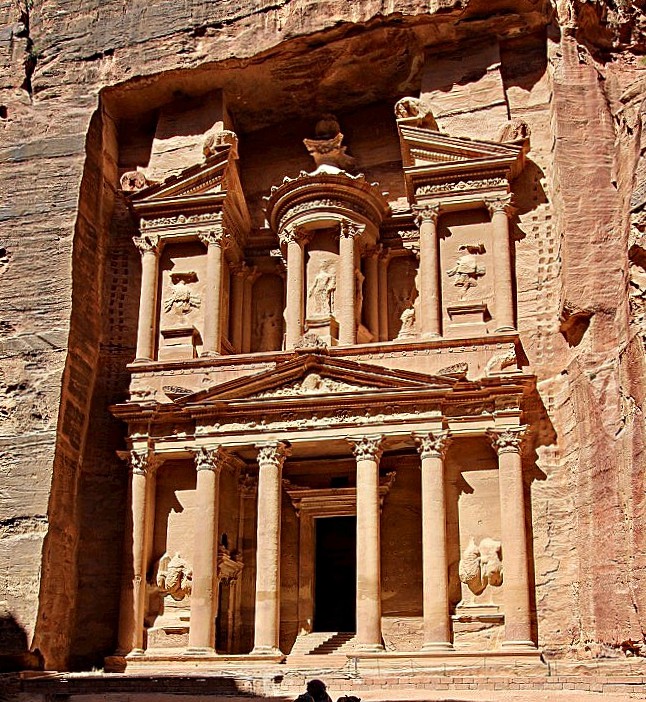
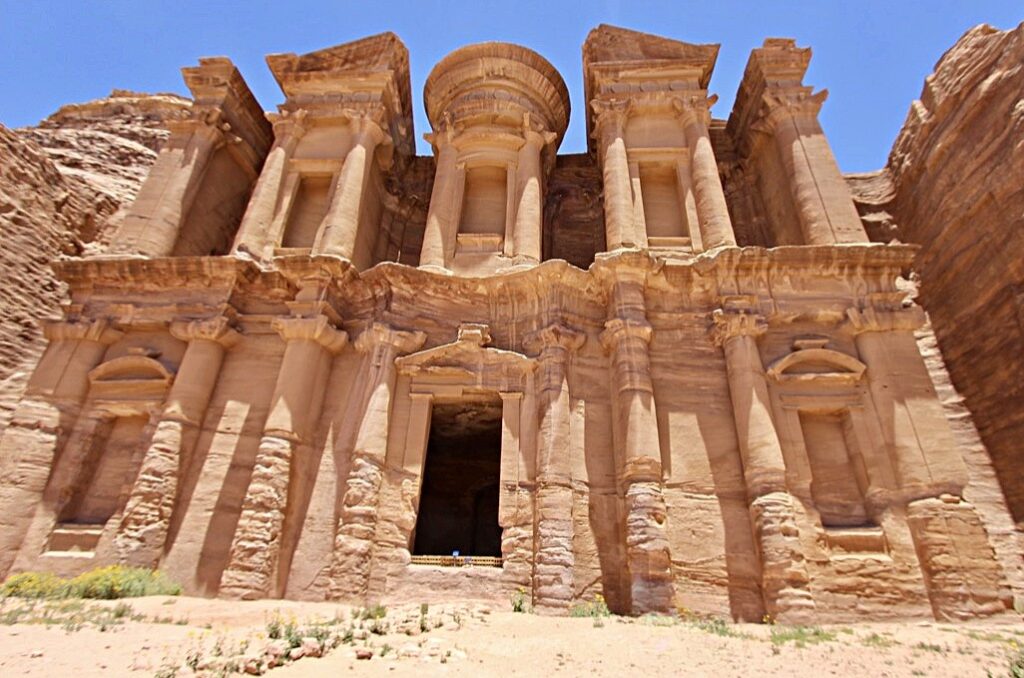
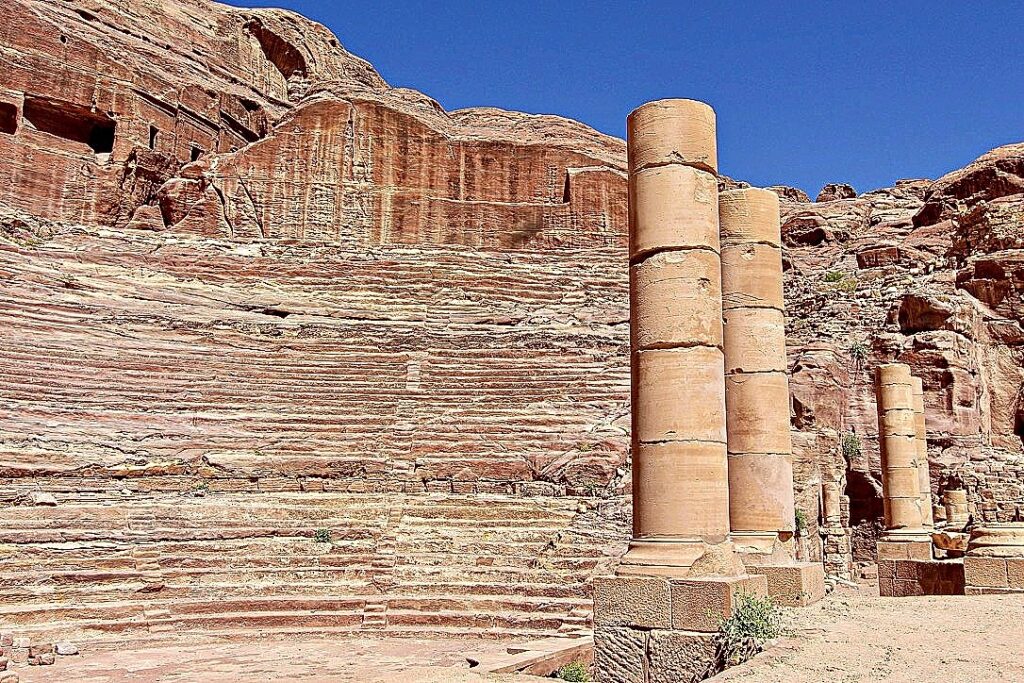
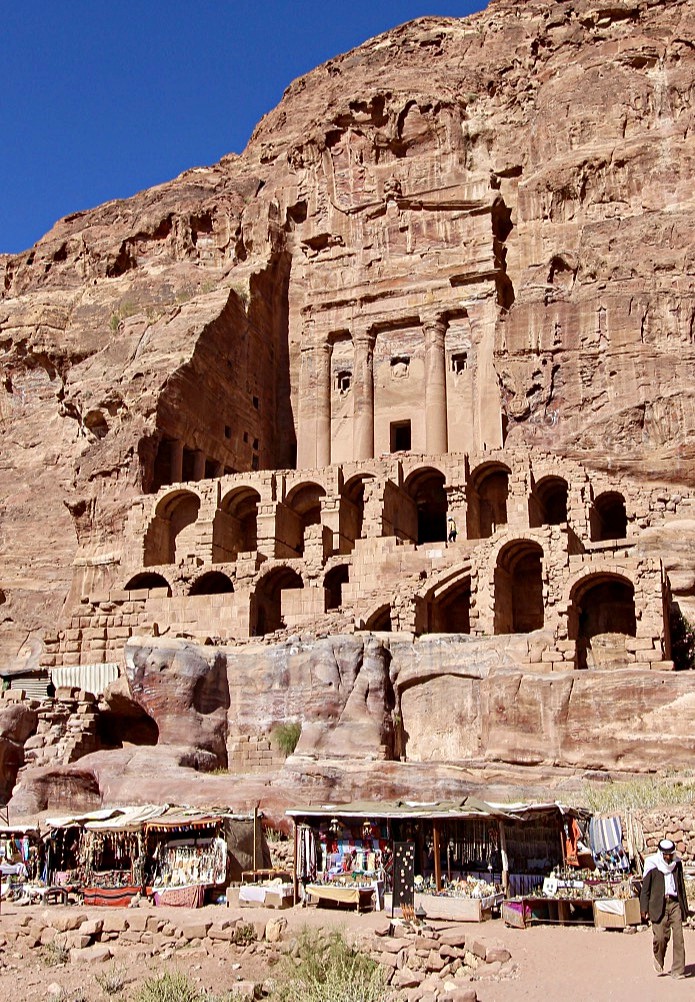
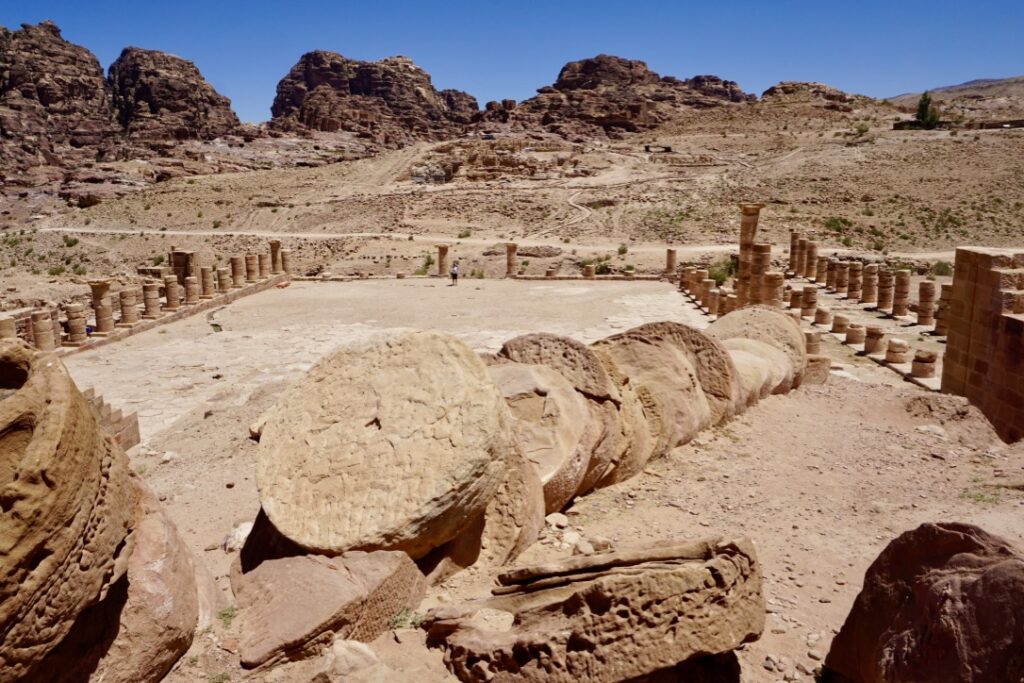

From Petra, in the distance, a visitor can see a possible site for Aaron’s tomb, the brother of Moses and first High Priest of Israel. It is a 14th century Muslim traditional tomb of Aaron on Jabal Harun (possible Mount Hor). A tradition from the time of Josephus puts it here, but some modern scholars think it’s probably not the right place. There are two accounts of the death of Aaron in the Bible. Numbers says that soon after the incident at Meribah (where Moses struck a rock and water poured out), Aaron with his son Eleazar and Moses ascended Mount Hor. There Moses stripped Aaron of his High Priest garments and transferred them to Eleazar. Aaron died on the summit of the mountain, Numbers 20:25-29. The other account is found in Deuteronomy 10:6, where Aaron died at Moserah/Moseroth (northern Sinai) and was buried. There is a significant amount of travel between these two points by the Israelites, as the itinerary in Numbers 33:31–39 records seven stages between Moseroth (Mosera) and Mount Hor.
Bottom line, the tomb in the distance, while interesting, might not the right location. On the other hand it might be close to the correct location. In any case, the tomb is not accessible but by a long hike on a desert trail and you must have official Jordanian government permission to visit the tomb.
< Previous post on Parable Of The 10 Virgins And Their Lamps
Next post on The Real “Exodus” ship, From The Leon Uris Novel, Is In Haifa >
Return to the Homepage
